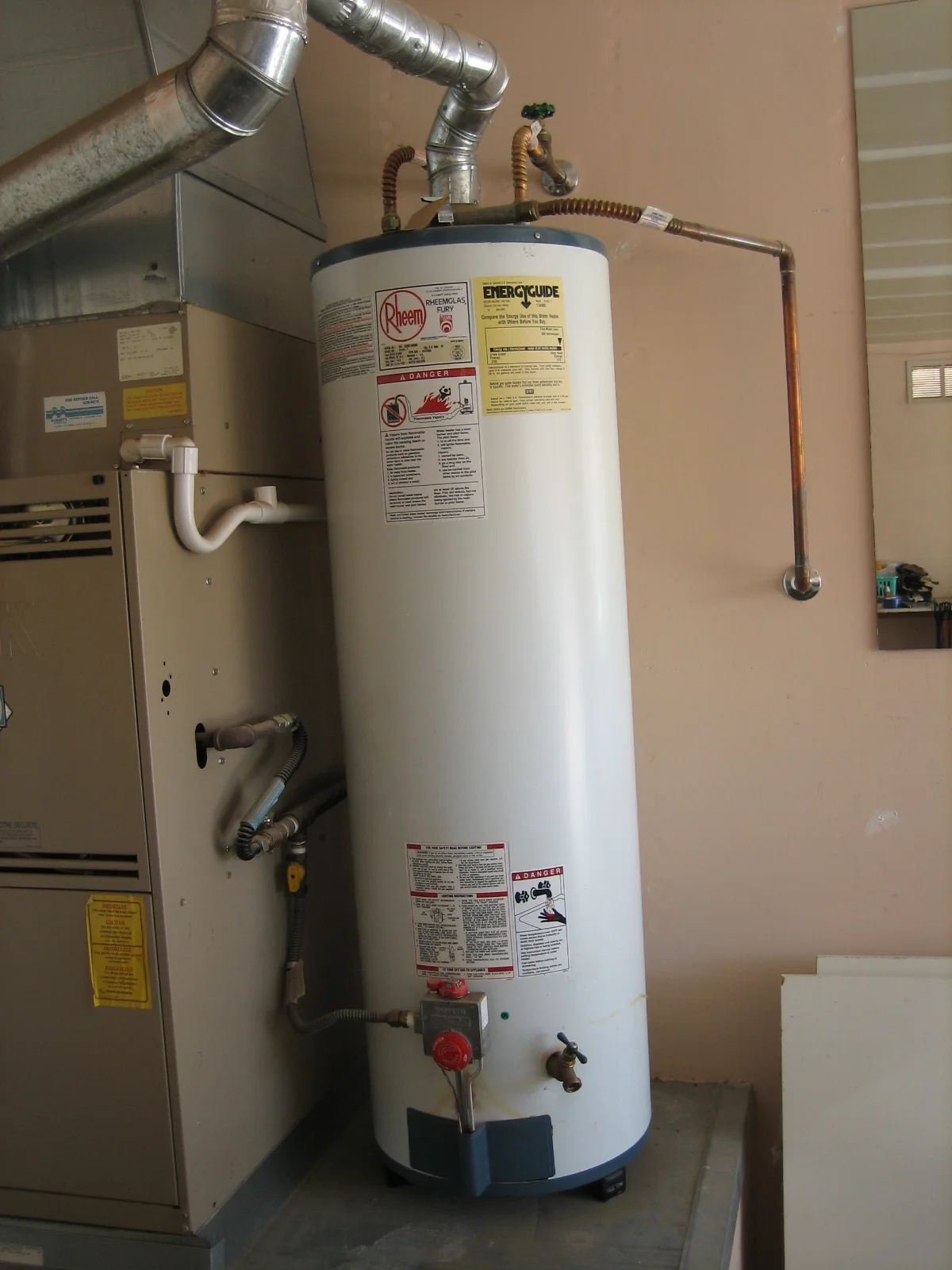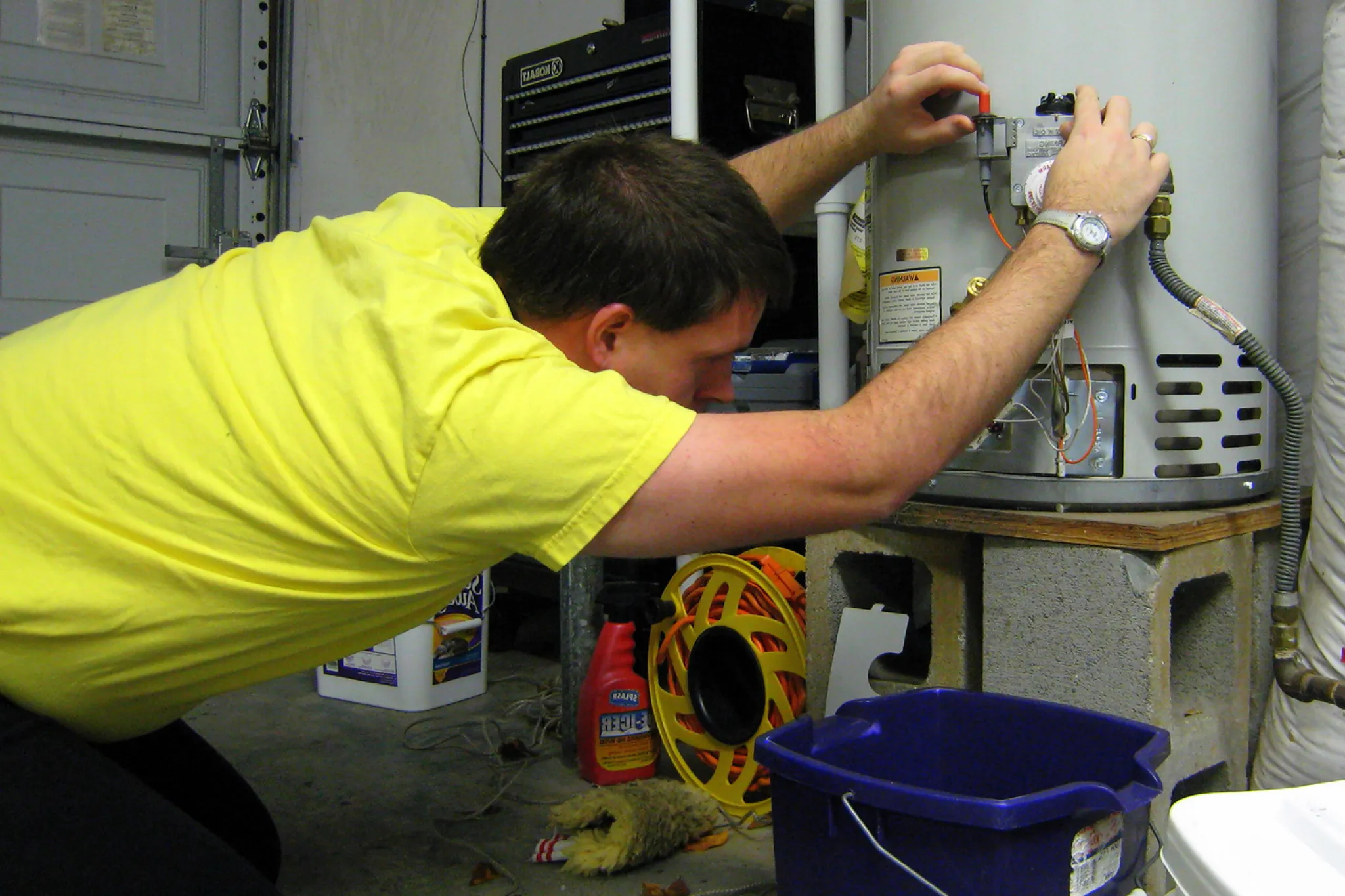Do you find yourself trying to find information and facts concerning How to Maintain Your Water Heater & Prolong its Life?

Warm water is crucial for daily convenience, whether it's for a revitalizing shower or washing meals. To guarantee your warm water system runs efficiently and lasts longer, routine upkeep is key. This short article supplies sensible tips and insights on just how to keep your home's hot water system to prevent interruptions and pricey repairs.
Introduction
Preserving your home's warm water system could appear challenging, but with a few easy actions, you can guarantee it runs smoothly for years to come. This guide covers whatever from recognizing your warm water system to do it yourself upkeep tips and knowing when to hire expert assistance.
Value of Preserving Your Warm Water System
Routine upkeep not just expands the life-span of your warm water system yet additionally guarantees it runs successfully. Disregarding upkeep can lead to reduced performance, greater energy bills, and even early failing of the system.
Indicators Your Warm Water System Demands Upkeep
Understanding when your hot water system requires attention can avoid major issues. Look out for signs such as irregular water temperature level, weird sounds from the heating unit, or rustic water.
Flushing the Water Heater
Flushing your water heater gets rid of sediment accumulation, enhancing effectiveness and extending its life.
Monitoring and Changing Anode Rods
Anode poles stop rust inside the storage tank. Examining and replacing them when broken is critical.
Facility Problems Requiring Professional Aid
Examples include significant leakages, electrical issues, or if your water heater is continually underperforming.
Routine Expert Upkeep Perks
Professional maintenance can include thorough examinations, tune-ups, and making sure compliance with safety criteria.
Examining and Readjusting Temperature Level Settings
Readjusting the temperature level settings ensures optimum performance and safety.
DIY Tips for Maintenance
You can perform numerous upkeep tasks yourself to keep your warm water system in leading condition.
Checking for Leakages
Consistently examine pipes and links for leaks, as these can result in water damage and greater expenses.
Understanding Your Warm Water System
Prior to diving into upkeep jobs, it's valuable to understand the standard parts of your hot water system. Normally, this includes the water heater itself, pipelines, anode rods, and temperature level controls.
Month-to-month Maintenance Tasks
Regular month-to-month checks can assist catch small issues prior to they intensify.
Evaluating Stress Alleviation Valves
Testing the stress relief valve guarantees it functions appropriately and stops excessive stress buildup.
Shielding Pipes
Insulating warm water pipes minimizes heat loss and can conserve energy.
When to Call a Specialist
While DIY upkeep is useful, some issues require specialist competence.
Conclusion
Routine maintenance of your home's hot water system is essential for effectiveness, longevity, and expense financial savings. By complying with these pointers and understanding when to look for professional aid, you can ensure a trusted supply of hot water without unexpected disruptions.
How to Maintain an Instant Hot Water Heater
Before tinkering with your hot water heater, make sure that it’s not powered on. You also have to turn off the main circuit breaker and shut off the main gas line to prevent accidents. Also turn off the water valves connected to your unit to prevent water from flowing into and out of the appliance. 2. When you’re done, you have to detach the purge valves’ caps. These look like the letter “T” and are situated on either side of the water valves. Doing so will release any pressure that has accumulated inside the valves while at the same time avoid hot water from shooting out and burning your skin. 3. When the purge valves’ caps are removed, you have to connect your hosing lines to the valves. Your unit should have come with three hoses but if it didn’t, you can purchase these things from any hardware or home repair shops. You can also get them from retail stores that sell water heating systems. Read the user’s manual and follow it to complete this task properly. When the hosing lines are connected, open the purge port’s valves. 4. You should never use harsh chemical cleaners or solutions when cleaning your unit. Make use of white vinegar instead. It should be undiluted and you’ll probably use about 2 gallons. 5. Now flush your water heater. This task should probably take about 40 minutes. We can’t give you specific directions for this because the procedure is carried out depending on the type, model and brand of your heater. With that being said, refer to the user’s manual. 6. When you’re done draining the unit, you have to turn off the purge port valves again. Remove the hosing lines that you earlier installed on each of the water valves. Put the valve caps (purge port) back in their respective places and be very careful so as not to damage the rubber discs that are found inside these caps. 7. Now that everything’s back in place, check your user’s manual again to find out how to reactivate your water heating system. 8. Once it is working, turn one of your hot water faucets on just to let air pass through the heater’s water supply pipes. Leave the tap on until water flows smoothly out of it. https://www.orrplumbing.com/blog/2014/september/how-to-maintain-an-instant-hot-water-heater/

I ran across that article on Tips For Maintaining Your Hot Water Heater while doing a lookup on the web. Sharing is nice. You won't know, you may very well be doing someone a favor. Bless you for your time. Come back soon.
Details Here